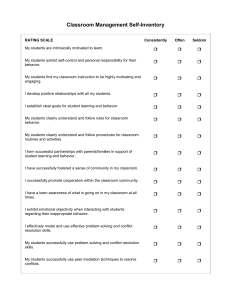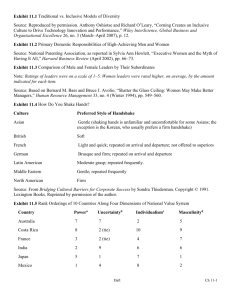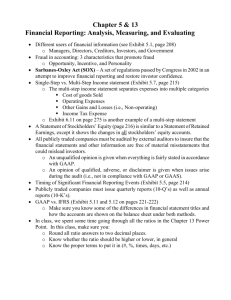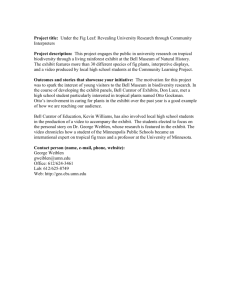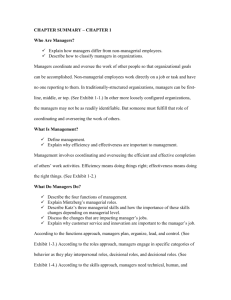Communication - Direktori File UPI
advertisement
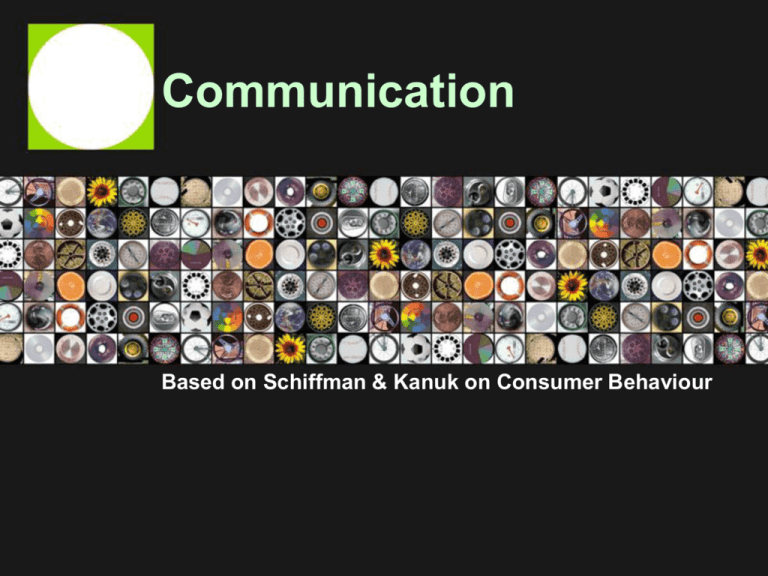
Communication Based on Schiffman & Kanuk on Consumer Behaviour Functions of Communication Communication Functions 1. Control member behavior. 2. Foster motivation for what is to be done. 3. Provide a release for emotional expression. 4. Provide information needed to make decisions. 10–2 Elements of the Communications Process • • • • • • • The Message Initiator (the Source) The Sender The Receiver The Medium The Message The Target Audience (the Receivers) Feedback - the Receiver’s Response The Communication Process Model EXHIBIT 10–4 10-1 Direction of Communication Downward Lateral Upward 10–5 Issues in Credibility • • • • Credibility of Informal Sources Credibility of Formal Sources Credibility of Spokespersons and Endorsers Message Credibility Sleeper Effect The idea that both positive and negative credibility effects tend to disappear after a period of time. Interpersonal Communication • Oral Communication – Advantages: Speed and feedback. – Disadvantage: Distortion of the message. • Written Communication – Advantages: Tangible and verifiable. – Disadvantages: Time consuming and lacks feedback. • Nonverbal Communication – Advantages: Supports other communications and provides observable expression of emotions and feelings. – Disadvantage: Misperception of body language or gestures can influence receiver’s interpretation of message. 10–8 Intonations: It’s the Way You Say It! EXHIBIT 10–9 10-2 Three Common Formal Small-Group Networks EXHIBIT 10–10 10-3 Small-Group Networks and Effectiveness Criteria EXHIBIT 10–11 10-4 Grapevine • Grapevine Characteristics – Not controlled by management. – Perceived by most employees as being more believable and reliable than formal communications. – Largely used to serve the self-interests of those who use it. – Results from: • Desire for information about important situations • Ambiguous conditions • Conditions that cause anxiety 10–12 Suggestions for Reducing the Negative Consequences of Rumors EXHIBIT 10–13 10-5 Computer-Aided Communication • E-mail – Advantages: quickly written, sent, and stored; low cost for distribution. – Disadvantages: information overload, lack of emotional content, cold and impersonal. • Intranet – A private organization-wide information network. • Extranet – An information network connecting employees with external suppliers, customers, and strategic partners. • Videoconferencing – An extension of an intranet or extranet that permits face-toface virtual meetings via video links. 10–14 Emoticons: Showing Emotion in E-Mail EXHIBIT 10–15 10-6 Choice of Communication Channel Characteristics of Rich Channels 1. Handle multiple cues simultaneously. 2. Facilitate rapid feedback. 3. Are very personal in context. 10–16 Information Richness of Communication Channels Low channel richness High channel richness Routine Nonroutine EXHIBIT 10–17 10-7 Barriers to Communication • Selective Perception • Psychological Noise Barriers to Effective Communication 10–19 Barriers to Effective Communication (cont’d) emotions language How a receiver feels at the time a message is received will influence how the message is interpreted. Words have different meanings to different people. 10–20 Communication Barriers Between Men and Women • Men talk to: – Emphasize status, power, and independence. – Complain that women talk on and on. – Offer solutions. – To boast about their accomplishments. • Women talk to: – Establish connection and intimacy. – Criticize men for not listening. – Speak of problems to promote closeness. – Express regret and restore balance to a conversation. 10–21 Communication CrossCultural • Cultural Barriers – – – – Barriers caused by semantics Barriers caused by word connotations Barriers caused by tone differences Barriers caused by differences among perceptions 10–22 Hand Gestures Mean Different Things in Different Countries EXHIBIT 10–23 10-10a Hand Gestures Mean Different Things in Different Countries (cont’d) EXHIBIT 10–24 10-10b Communication Barriers and Cultural Context 10–25 Highvs. LowContext Cultures EXHIBIT 10–26 10-11 A Cultural Guide Cultural Context Communication Rules: 1. Assume differences until similarity is proven. 2. Emphasize description rather than interpretation or evaluation. 3. Practice empathy. 4. Treat your interpretations as a working hypothesis. 10–27


